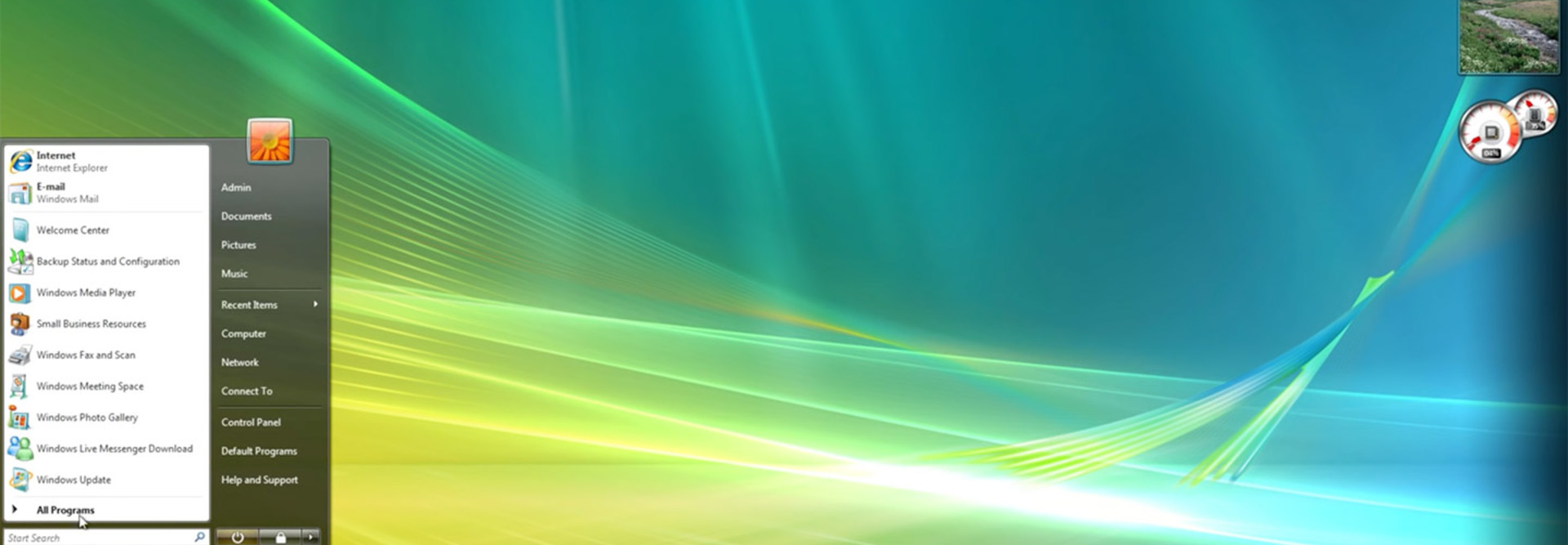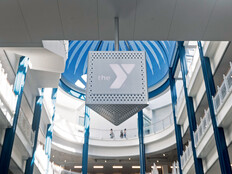Windows Vista End of Life: Time to Upgrade to Windows 10?
Windows Vista end of life is here. As of today, Microsoft is officially ending extended support for the operating system, meaning it will no longer provide automatic fixes, updates or online technical assistance for Vista. And yet, despite being released in late 2006, some businesses still rely on the aging OS, according to online IT community Spiceworks.
According to Spiceworks’ “2017 OS Adoption Trends” report, 9 percent of businesses worldwide are still running at least one instance of Windows Vista, which is far higher than its overall share of the market. Even more concerning is that 52 percent of businesses are still running one instance of Windows XP, despite the OS reaching its end of support in April 2014.
Businesses are increasingly adopting newer software platforms, such as Windows 7 and Windows 10, but many are clinging to old and increasingly insecure software for a variety of reasons, according to Peter Tsai, senior technology analyst at Spiceworks. They do not have the money, time or willingness to move to newer systems, he says, even though many IT professionals know that using such old software can lead to increased security vulnerabilities.
Reliance on Aging Operating Systems Remains Strong
It’s not too surprising that both XP and Vista show continued usage, and XP more so, according to Tsai. Windows XP was highly popular and pervasive, and Vista, for a variety of reasons, was fairly unpopular with users.
“A lot of IT departments are strapped for time and money,” Tsai says. “A lot of them subscribe to the theory of, ‘If it’s not broken, don’t fix it.’”
In some cases, Tsai says, companies have kept running Vista and XP because a software vendor they need to work with has not upgraded its applications to run on newer platforms.
Spiceworks found that medium-sized organizations with 100-1,000 employees are most likely to have at least one Windows Vista machine still hanging on, with a penetration rate of approximately 14 percent. Enterprises with more than 1,000 employees are less likely to use Vista PCs, with a penetration rate of 9 percent, and small businesses with less than 50 employees are least likely to use Vista, with a penetration rate of only 7 percent.
Tsai says that the more systems a company runs in general, the more likely that at least one of them will be running an old platform. However, large enterprises have larger IT budgets and staff to upgrade PCs. Smaller companies likely jumped straight from Windows XP to Windows 7, which Microsoft introduced in 2009 and which proved far more popular.
Indeed, Spiceworks’ data shows Windows XP is running on 14 percent of all PCs in businesses worldwide, while Vista is only running on 1 percent. By contrast, Windows 7 has the highest share, running on 69 percent of business PCs. Windows 10 currently has 9 percent of the overall share, followed by Windows 8 at 5 percent.
Windows 7 was the “true successor” to XP, Tsai says, and it does not have an end of life date until 2020, meaning the market will probably not shift away from Windows 7 for some time.
Meanwhile, Spiceworks’ network data shows 54 percent of organizations across the globe have adopted at least one instance of Windows 10, up from the 38 percent Spiceworks measured in July 2016. Tsai says Spiceworks expects that figure to jump to 73 percent by the end of July 2017.
After Vista End of Life: The Perils of Using Older Software
In a poll of more than 450 IT professionals, Spiceworks discovered that 88 percent of IT pros are concerned with running an OS past its extended support date, which suggests that if IT departments can’t migrate now, many of them certainly want to.
Of the IT pros Spiceworks polled, 68 percent also say they are concerned that no more security patches or bug fixes will be released for operating systems like Vista and XP, which can lead to increased security vulnerabilities for businesses.
For example, 45 percent of IT pros say they’re worried about an unsupported OS being more vulnerable to cyberattacks, and 43 percent are worried that these OSes are more susceptible to malware. Additionally, 34 percent say they’re concerned about sensitive data being put at risk when using an unsupported OS.
Apart from security risks, there are other concerns when it comes to using an end-of-life OS like Windows XP or Windows Vista. For example, 43 percent of IT pros say they’re worried about software incompatibility, 35 percent are concerned that older OSes will be more difficult to maintain and manage, and 28 percent are worried about regulatory and compliance issues.
Tsai notes that many recent breaches came from businesses running old and unsupported software, which is inherently risky. If IT professionals want to push leaders, who might be hesitant to upgrade software, they can point to these headlines of breaches, Tsai says. They can make a business case that hacked companies lost more money than an upgrade would cost. “If your company is risk-averse, it might be worth it to spend a few pennies now to save a lot of dollars,” Tsai says.









